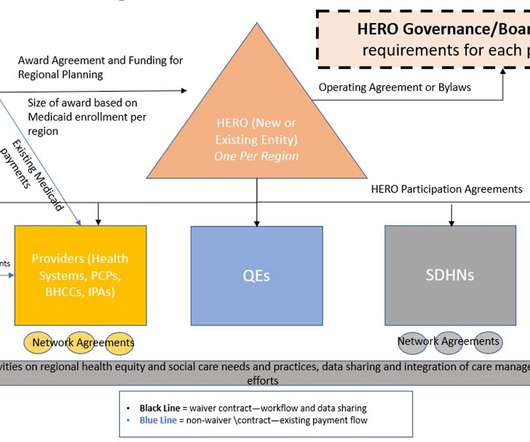The The Five Biggest Areas of Opportunity for Digital Health
The Digital Health Corner
JUNE 14, 2017
Electronic health records (EHRs) and personal fitness trackers have helped create awareness through use. According to most recent statistics from the Office of the National Coordinator, use of EHRs has increased from 20% in 2004 to 87% in 2015. We need EHRs which are clinically oriented with good user interfaces.













Let's personalize your content